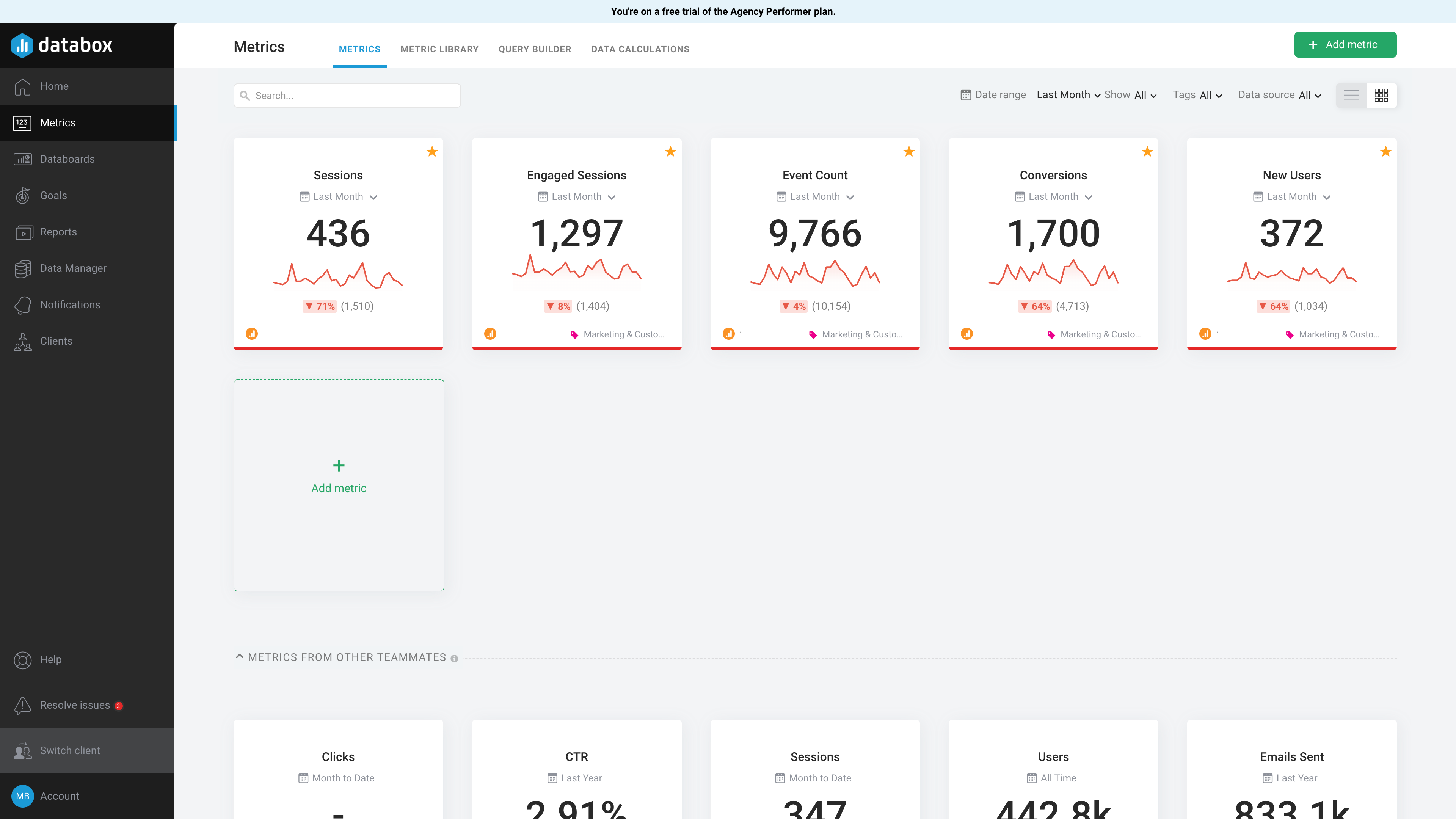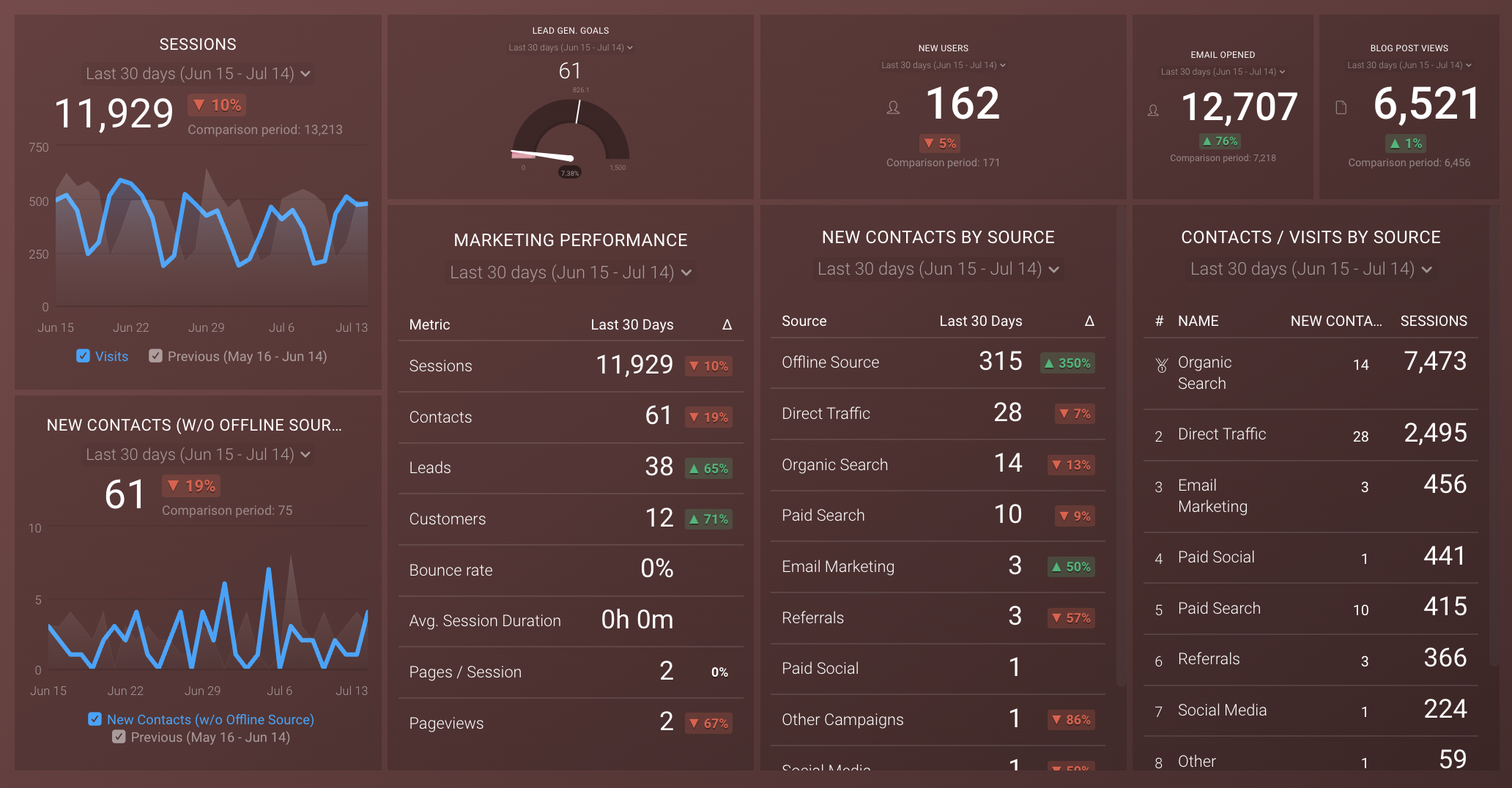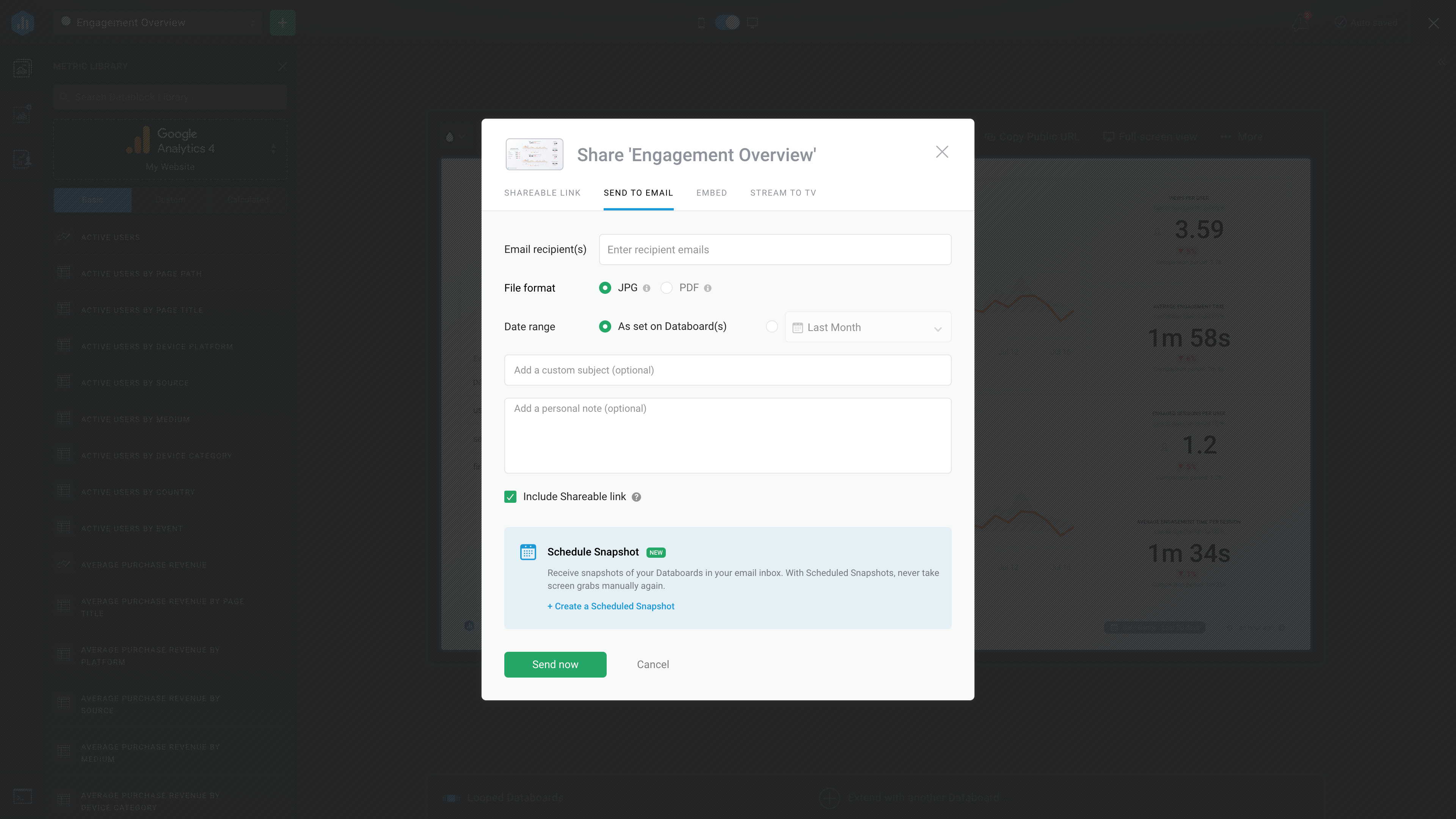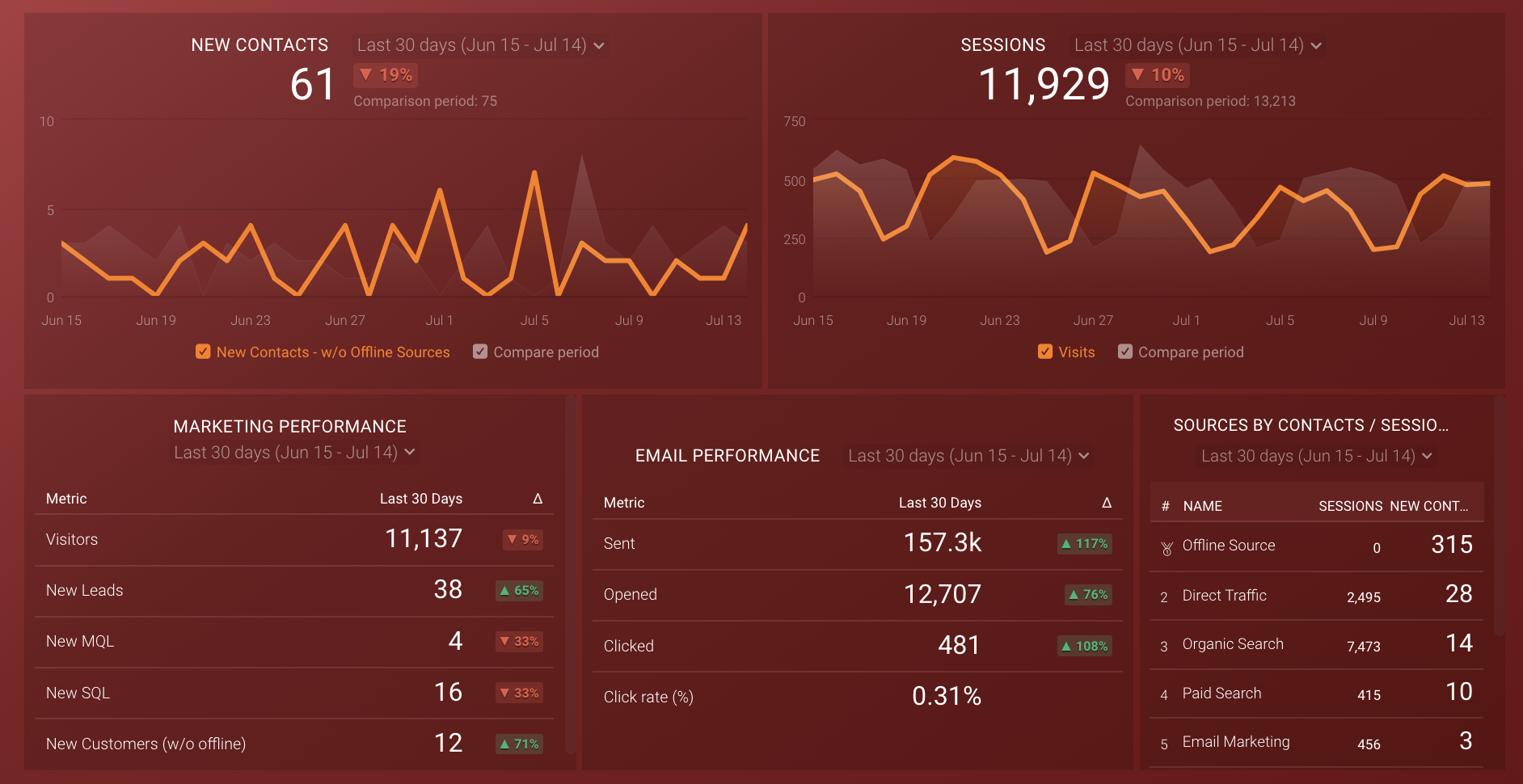 The silos of traditional organizational department structures are crumbling. There has been a welcomed shift in strategic thinking, emphasizing collaborative work circles and interdepartmental teams. Not only does it make sense from a tactical standpoint, the collaboration between two key departments – marketing and customer service – is essential.
The silos of traditional organizational department structures are crumbling. There has been a welcomed shift in strategic thinking, emphasizing collaborative work circles and interdepartmental teams. Not only does it make sense from a tactical standpoint, the collaboration between two key departments – marketing and customer service – is essential.
If you’ve yet to capitalize on internal synergy, here are seven reasons why you need to get marketing and customer service to work together.
1. You Share The Same Goals
While marketing focuses on bringing customers into the funnel, customer service works to retain them. At the end of the day, if your organization has more customers than the competition, everyone is happy. But consider this: It costs 6 – 7 times more to acquire a new customer than retain an existing one (Bain & Company). This demonstrates just how important customer service is to the marketing team. If you can improve your retention strategy and maintain branding and marketing initiatives throughout every touch point, you can make a serious impact on your bottom line.
2. Customer Service Knows Your Buyer Personas
Amongst the many exercises your marketing team will do to clearly define your buyer personas, the most essential step will be to connect with your customer service team. Your customer service team likely has the most contact with your ideal customers and understands the intricacies of their thought process as it relates to their buying experience. They can add valuable insight into your buyer personas and answer many of the questions you will have that relate to general customer traits, demographics and buying preferences.
3. Customer Service Enforces Your Brand
Advertising and marketing initiatives draw in customers, often by setting experience expectations and making certain promises about quality and service. Without properly educating your customer service team of your brand initiatives and brand promises, you could face a real disaster at a crucial customer touch point. If your customer service department does not meet customer expectations or reinforce the brand promises that the marketing department delivered initially, your customers will be disappointed at the outset: certainly not the way you want to start business.
4. Customer Service Reps Are Internal Ambassadors
Customer service teams should be thought of as internal ambassadors, reinforcing the marketing and brand values that differentiate your organization and make customers want to come back. A customer service department should almost be like an extension of the marketing department, with an arsenal of marketing approved tools at their disposal. They should reinforce brand promises using scripts to maintain consistent service excellence, understand campaign components and marketing materials that support their efforts and ultimately, provide customers with an experience that stays true to the marketing messages.
5. Collaborative Communication Produces Better Results
Lateral communication between departments is essential to keep branding and marketing messages on target. The customer service department needs to share customer feedback with the marketing team to ensure that their external messages adapt to changing customer preferences. The customer service team on the front lines will know what the customers want, what they look for and how they are drawn to specific products or services. More importantly, the customer service team will be the first to know when these customer characteristics change. This little detail is like a gold mine for marketing personnel, ensuring that advertising messages really hit the mark even as customer preferences change over time.
6. Social Media Support Is A Team Effort
According to a recent study from Booz & Company, 75% of marketers using social media identify customer service as a primary use of their social media platform. As such, it only makes sense that marketing and customer service work together closely to both monitor and respond to online inquiries and complaints. Customers are often looking for timely responses and having an internal protocol and joint task teams handle social media means that you can reply promptly and effectively.
7. Communication Boosts PR Initiatives and Storytelling Opportunities
Customer service employees are in the trenches every day; answering questions, putting out fires, and doing whatever it takes to satisfy the customer. They know which customers are happy and can likely identify which customers are willing to provide a testimonial. PR folks are always looking for great customer stories to pitch to the media and building a relationship with the customer service team will provide an invaluable resource.
Recognizing the importance of department interplay and the value such internal communications can have on building consumer relationships is the first step in creating an internal marketing powerhouse.
Improve Your Marketing And Customer Service Collaboration With Databox
Organizations that are successful at providing quality service have worked hard to create integrated teams. Even though the daily responsibilities of marketing and customer service may vary, both teams share the same goals around customer acquisition and retention.
By working across different systems, customer service and marketing teams will have access to data that they can offer one another to improve performance. With this in mind, it’s important to establish a process to improve cross-team collaboration in order to effectively share these insights.
Databox is a business analytics tool that enables organizations to align team members around the things that matter. With Databox, customer service and marketing teams can align around the same metrics and goals, create a single source of truth and improve the communication of business results.
1. Define Metrics and Goals
In order to improve collaboration, it’s important to determine a few shared metrics and goals to ensure both teams are focused on the same outcomes. With this, customer service and marketing teams can combine skill sets in order to achieve tasks.
The Metrics Screen in Databox helps organizations align team members around the same metrics. Once you have select the metrics that are most important to you, you can invite team members to your Metrics Screen to verify your data. Your team members will also have the ability to add to your Metrics Screen with the metrics that they believe are important to track.
In order to establish shared metrics, you can use Tags to help organize your teams. As an example, you can create Tags to distinguish between metrics for marketing, customer service and marketing & customer service.
2. Create a Single Source of Truth
To deliver a better experience and improve performance, customer service and marketing teams should consistently monitor shared metrics and goals. Team leaders should have access to a dashboard that consolidates all this information into one single view.
With Databox, you can create live custom dashboards that can be easily shared across departments. By combining all of your shared metrics into a single view, marketing and customer service teams will be able to easily spot trends, draw correlations, monitor goals, and make adjustments in real-time.
3. Facilitate Communication
Working on ways to improve communication between departments is the best way to promote effective collaboration. By setting up regular meetings and joint reports, teams can review the data and share insights with one another. This is a great way to help improve strategies for customer communication at different stages of the customer lifecycle.
Using the Scheduled Snapshot feature in Databox, you can export your dashboards into PDFs or JPGs before every meeting. This is a great way to help you analyze historical data to identify changes in performance and establish ways to maximize results. You can also include annotations in your charts to help you and your team better interpret KPIs and encourage performance-related discussions in your meetings.
Free Customer Service And Marketing Dashboard Template
With Databox you get access to free dashboard templates to help you monitor, track and report on the performance of your marketing and customer service teams.
1. HubSpot Marketing Dashboard Template
Snippet: The HubSpot Marketing Dashboard Template will provide you with insights to increase traffic, convert leads and prove ROI.
Data Source: HubSpot Marketing
2. HubSpot Service (Ticket Overview) Dashboard Template
Snippet: The HubSpot Service Dashboard Templates gives you insights into your tickets, productivity, open vs. closed tickets ration and more.
Data Source: HubSpot Service
Conclusion:
Recognizing the importance of department interplay and the value such internal communications can have on building consumer relationships is the first step in creating an internal marketing powerhouse.
What steps are your customer service and marketing departments taking to improve communication and ultimately, support strategies overall?








%20Dashboard%20Template.png?width=1874&name=HubSpot%20Service%20(Ticket%20Overview)%20Dashboard%20Template.png)
